For Jeff Lynne, in those analogue recording days of the ‘70s and ‘80s, there was nothing more exciting than a blank reel of multi-track master tape waiting to be filled up. “Music’s the best,” he enthused to MOJO in 2019. “There’s no doubt about it. It’s just the most fun you can have.”
Initially a 1970 spin-off project from The Move, the Electric Light Orchestra reached unimagined commercial heights, both in the UK and the US. Taking the ’67 Fabs’ blend of rock and orchestration as their blueprint, Lynne and Roy Wood had determined to pick up “where The Beatles had left off”, before frustrations (particularly live, where the string players’ contributions were often lost to poor miking) caused Wood, in the summer of ’72, to wander off to Wizzard.
Peaking chart-wise from the mid-to-late ’70s and into the ’80s, ELO built their reputation with gold standard pop and audio adventurism, in the age of the stereo hi-fi and FM radio. The masses still mourning The Beatles found much to love: balladry as reverie, thumping art rock, sonic texturing and stirring orchestrations. If it was the British who first bought into ELO as a singles act (10538 Overture Number 9 in ’72, Showdown Number 12 in ’73), then the Americans saw them as an albums band, starting with the Billboard Number 16 placing of ’74’s Eldorado.
Even though their influences were sometimes overt, ELO were always unmistakably ELO, to the point where, when the likes of World Party or Jellyfish referenced them in the early ’90s, it never sounded like anyone other than the Electric Light Orchestra, all trace elements gone. Later, Daft Punk sampled Evil Woman (on 2001’s Face To Face), and The Flaming Lips and Super Furry Animals declared themselves fans.
Lynne drifted away from the band into production after ’86’s contractual obligation album, Balance Of Power, imprinting his trademark on records by George Harrison, Brian Wilson, Roy Orbison and, most rewardingly, Anthology’s Free As A Bird and Real Love (fittingly since the missing John Lennon had once declared ELO to be the “sons of The Beatles”).
After a short burst of activity under the band name in the early 2000s, the renamed Jeff Lynne’s ELO appeared in 2014, wowing a huge Sunday afternoon crowd at Glastonbury two years later, and filling Wembley Stadium in 2017. It was firm proof that, even if Lynne has always been a self-effacing character, his music has proved ever more valuable with the passing of time.
10.
Zoom
EPIC. 2001
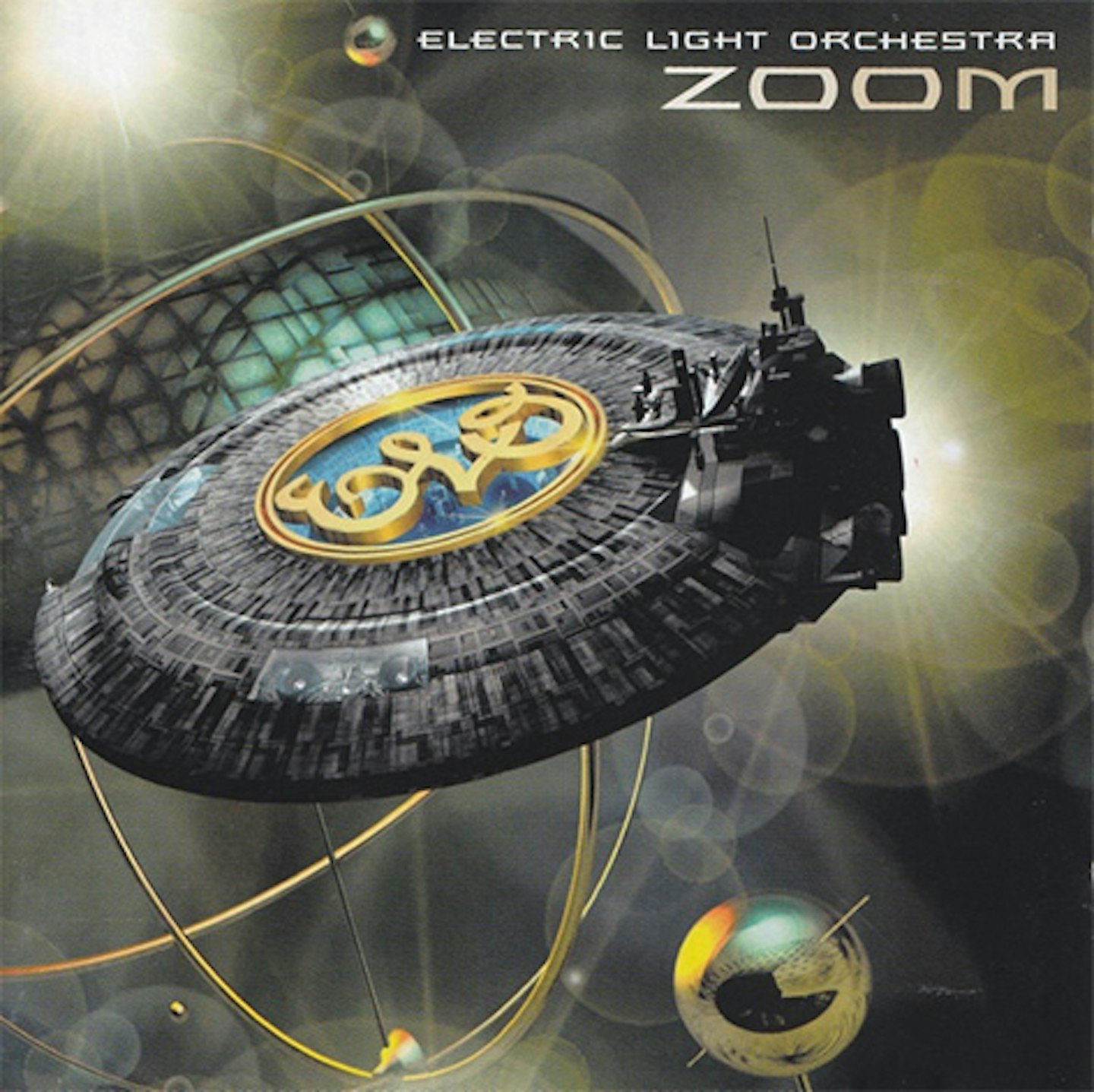
The first ELO album for 15 years employed post-millennial studio technology to create an album richly redolent of the 1970s. Although a Jeff Lynne solo album in all but band name, it reunited him with ELO keyboard-player Richard Tandy on punchy opener Alright, while employing Beatle pals Ringo and George on two tracks apiece (Starr sounds like he’s having fun with the rattling fills of ’60s R&B rocker Easy Money; Harrison’s slide guitar is gorgeous on A Long Time Gone). Weirdly, though, bits of Zoom (Stranger On A Quiet Street, It Really Doesn’t Matter) sounded more World Party than ELO.
9.
On The Third Day
WARNER BROS. 1973
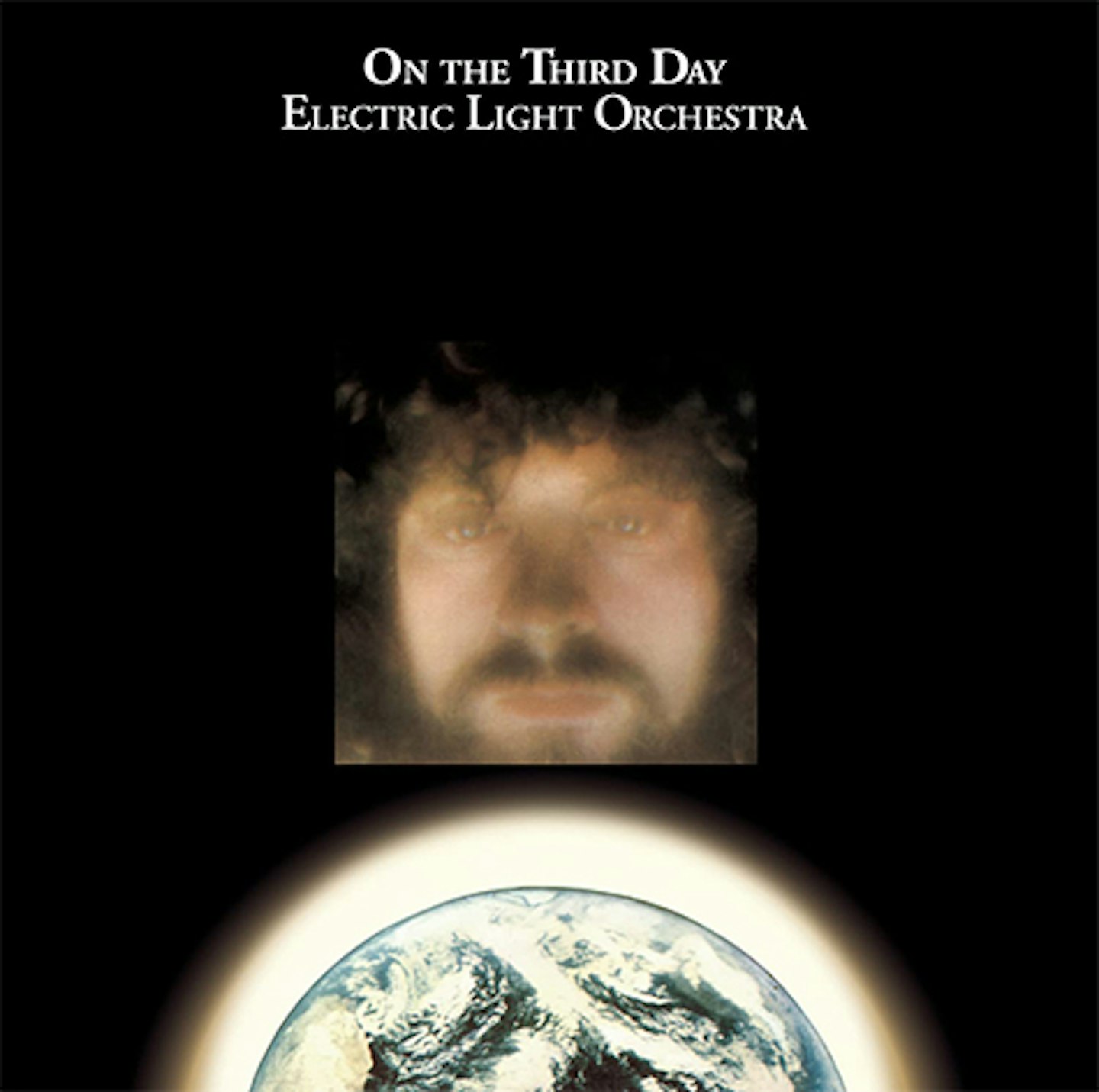
Jeff (sans shades) on the cover of the UK version stared out of the blackness of space onto a glowing planet Earth, visually rendering the lyric of On The Third Day’s opener, King Of The Universe. As his first album without any input from Roy Wood, Lynne was indeed now the sole overseer of ELO and chose to mould them into wistful Beatlesque form on both Bluebird Is Dead and tale of a disillusioned rich girl, Oh No Not Susan. Slinky R&B groover Showdown – written in Lynne’s parents’ front room in Birmingham and released as a Harvest 45, reaching Number 12 – was belatedly added to the track list.
8.
The Electric Light Orchestra
HARVEST. 1971
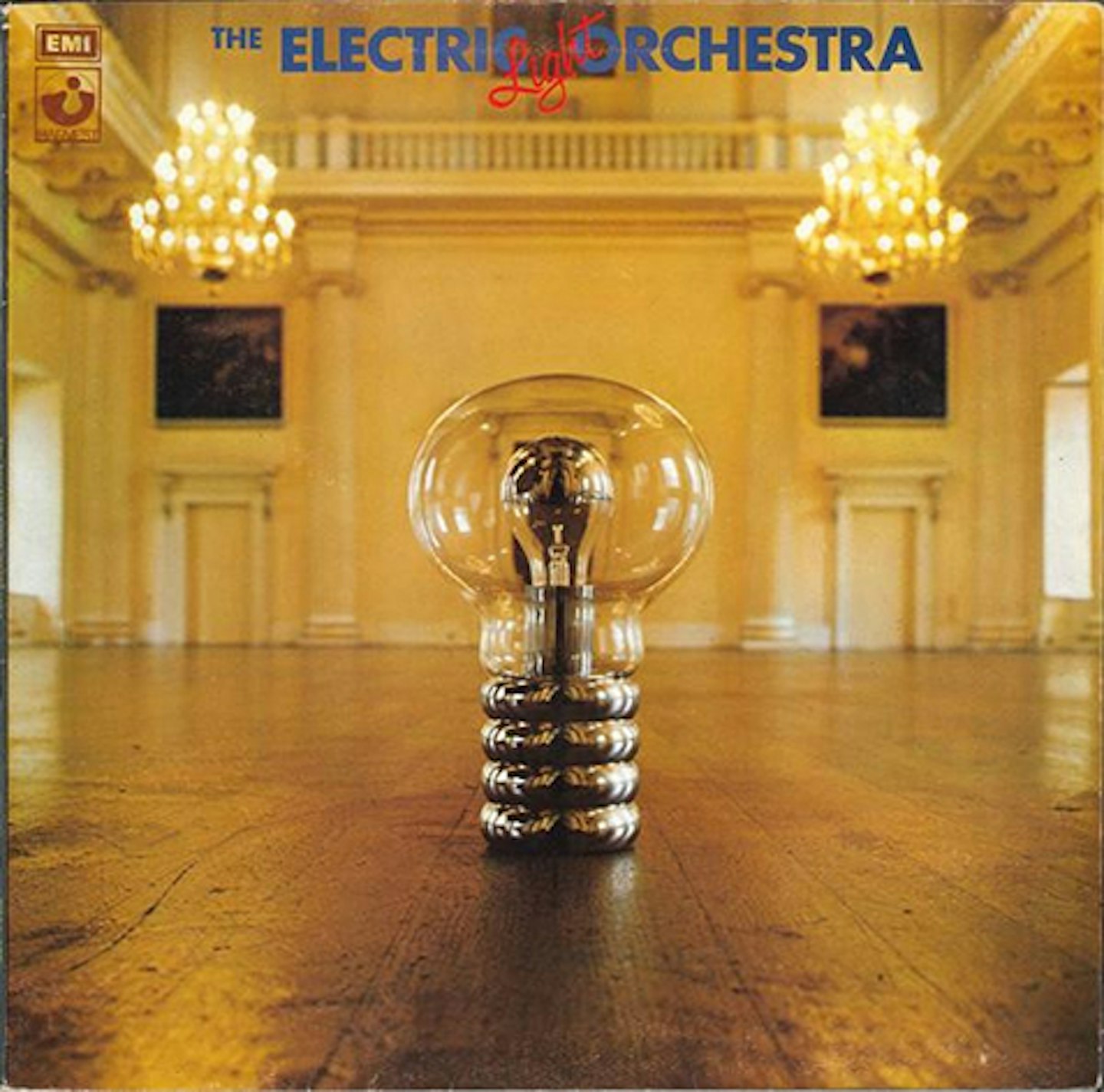
Recorded concurrently with The Move’s ’71 swansong, Message From The Country, Wood and Lynne’s rock orchestral imagining of a continuing Beatles kicked off with the storming 10538 Overture – their first eureka moment, when they added cellos to a song intended for a Move B-side. The chamber quartet arrangement of Wood’s Look At Me Now revisited Eleanor Rigby with fantastical imagery, while his The Battle Of Marston Moor (July 2nd 1644) was part-prog, part-musique concrète. It was clear however, that the two bandleaders were pulling in different directions – in the baroque Mr. Radio, Lynne began moving the project more towards pop as he patented the future sound of ELO.
7.
Secret Messages
JET 1983.
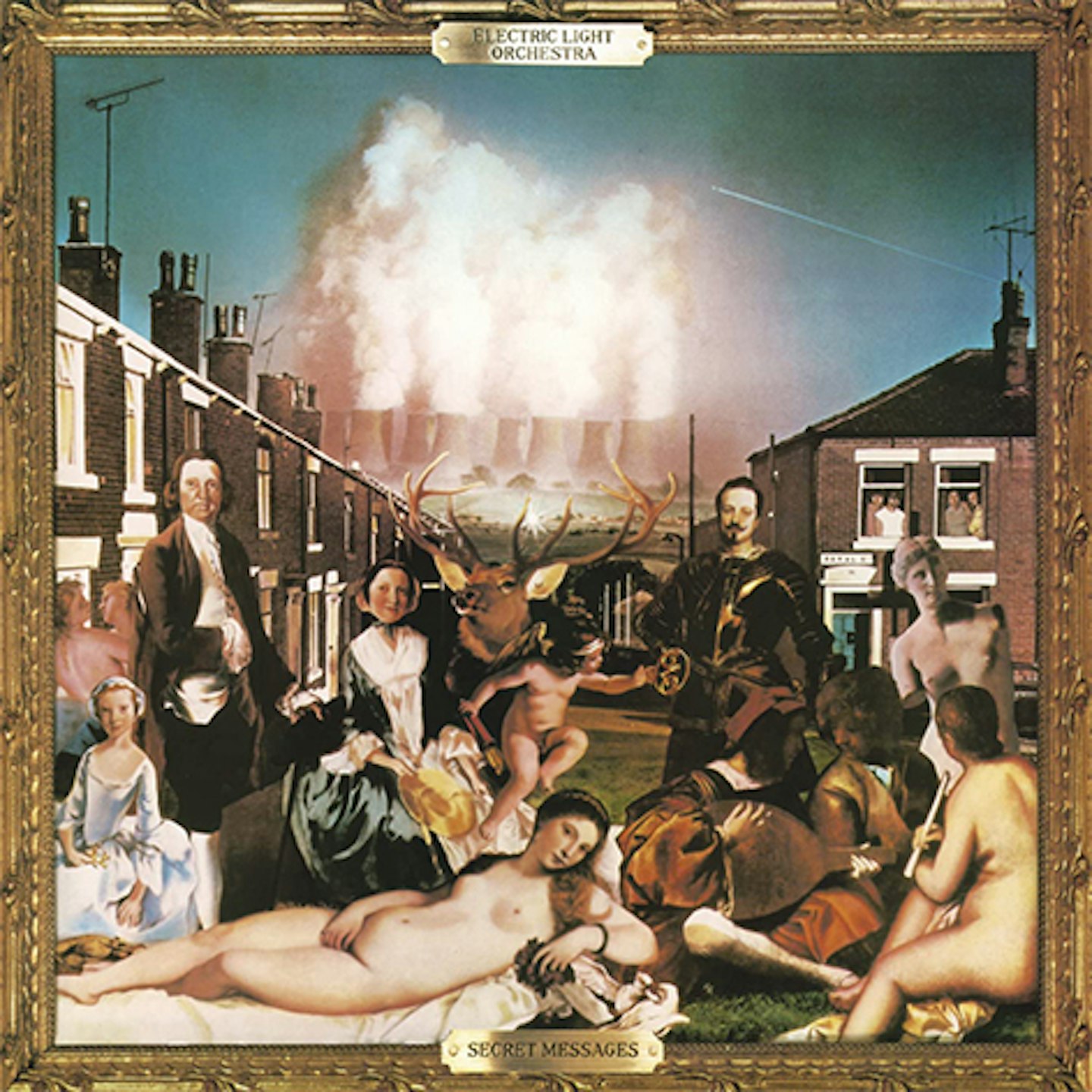
The almost Pepper-esque collage of classical figures on the cover revealed the aspirations of Secret Messages, while its opening title track spoke of hearing mysterious missives (“They whisper in your ear”) – a poke at the Christian fundamentalists who listed ELO as one of the bands secreting backmasked Satanic messages on their albums (when really, when they did appear, they involved jokes). Echoes of the ‘50s mixed with ‘80s synths was the recurring concept. Lynne’s idea to make Secret Messages a double was at the time nixed as too costly by CBS in the US. Not until 2018 was the album reissued “as originally conceived” at 17 track-length.
6.
Face The Music
JET. 1975

ELO’s fifth pulled the strings back slightly and pushed Richard Tandy’s keyboards. Still, its introductory Fire On High was a grand design built with orchestra and choir and drummer Bev Bevan’s backwards message, “The music is reversible, but time is not. Turn back, turn back…” Recorded at Musicland in Munich, set to become the band’s most-used recording studio (after Deep Purple had recommended it), _Face The Music_was a multi-faceted triumph that showed off the full range of Lynne’s ambitions. Kaleidoscopic rocker Nightrider gave McCartney a run for his mid-’70s money, Strange Magic played 10cc at their own game and – while it carried itself with bruised attitude – Evil Woman stepped fully into the disco.
5.
Time
JET. 1981
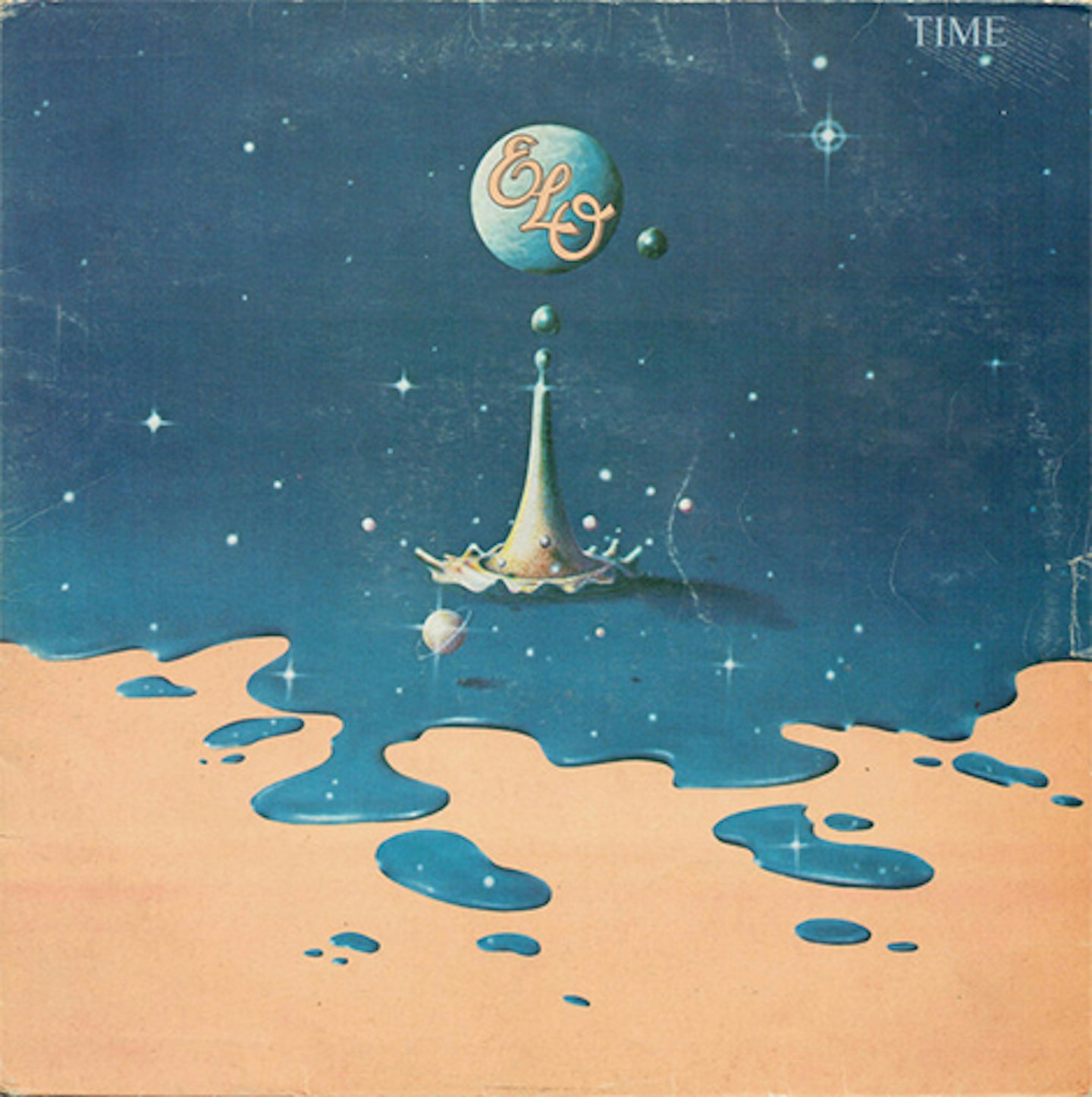
Dismissed by critics at the time – and oft-forgotten to have been the band’s second UK chart-topper after Discovery – ELO’s ninth was a science fiction fantasia that has only grown in stature. Forfeiting the strings almost entirely for a synth pop sound, Time was entirely in tune with the early ’80s, its retro-future space age pop closer to contemporaries New Musik and The Buggles than The Beatles. Yours Truly, 2095 replaced real love for a digital replacement (“She is an IBM”), Ticket To The Moon asked the listener to “Remember the good old 1980s/when things were so uncomplicated” in a Harry Nilssonesque ballad.
4.
Discovery
JET. 1979
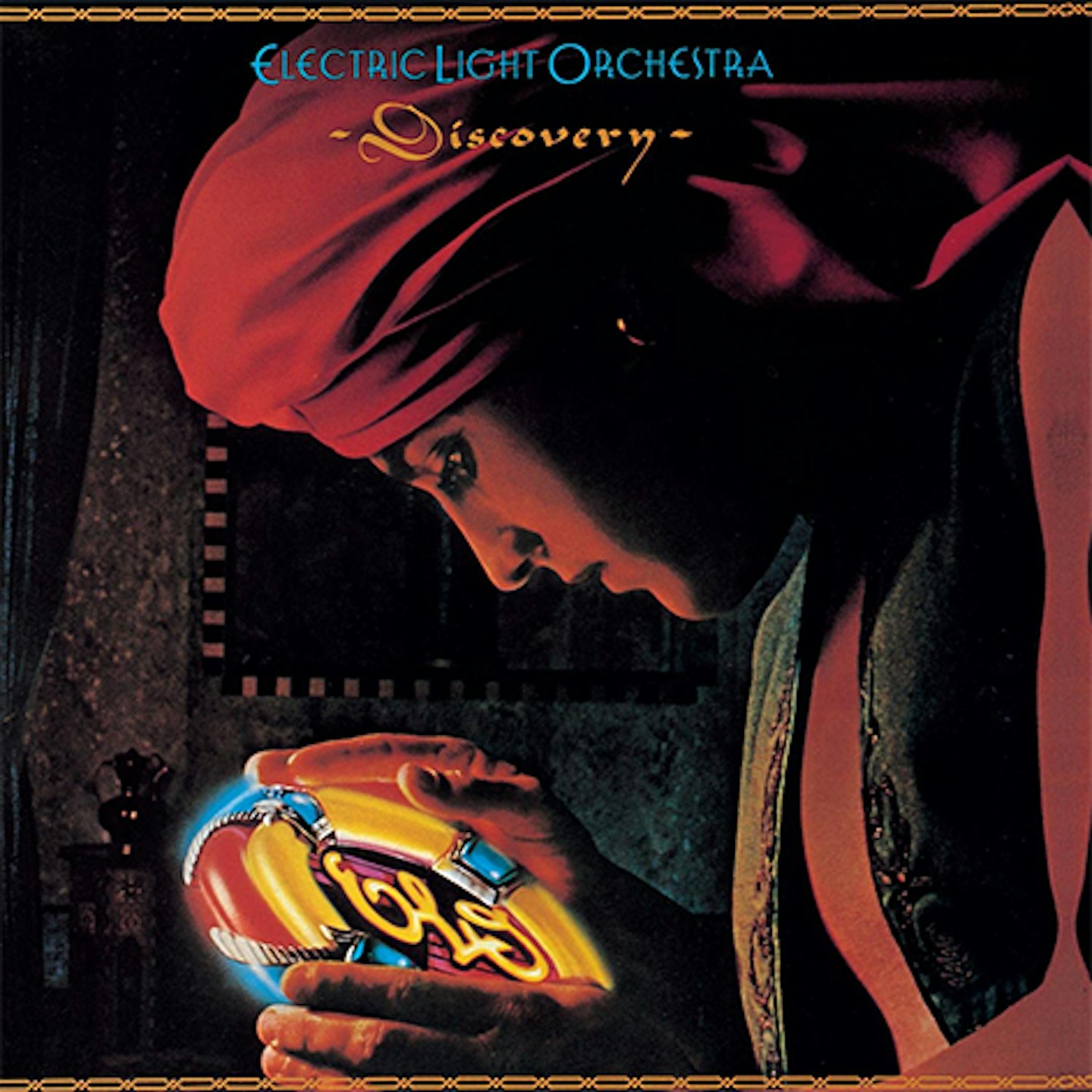
ELO had previously displayed their knack for the funk, and as its title suggested, Discovery was a record in parts (Last Train To London, Shine A Little Love) tailor-made for the underlit dance floor. Confusion was meanwhile, a blueprint for a production update on Roy Orbison’s songwriting motifs (including building a reggae bridge). For those believing that Disco Sucked, there was Beatles aplenty in the driving Don’t Bring Me Down and the brilliantly daft and cartoony The Diary Of Horace Wimp. In masterfully covering all bases, Discovery turned platinum in Britain and double platinum in America.
3.
Eldorado
WARNER BROS. 1974

Featuring a Wizard Of Oz-referencing cover and other flights of fancy, Eldorado was ELO’s first album to spotlight Louis Clark’s full 30-piece orchestral arrangements (as opposed to previous multi-layered string overdubbing efforts). Can’t Get It Out Of My Head rivalled Lennon/McCartney in terms of its spooked atmosphere and sterling melody, even if Mister Kingdom sailed dangerously close to Across The Universe. In Boy Blue, the singer borrowed his insouciant vocal style from Ian Hunter, but returned to Plastic Ono Band-period Lennon on the achingly brilliant title track, which was appropriately followed by the Hollywood string drama of Eldorado Finale.
2.
Out Of The Blue
JET. 1977
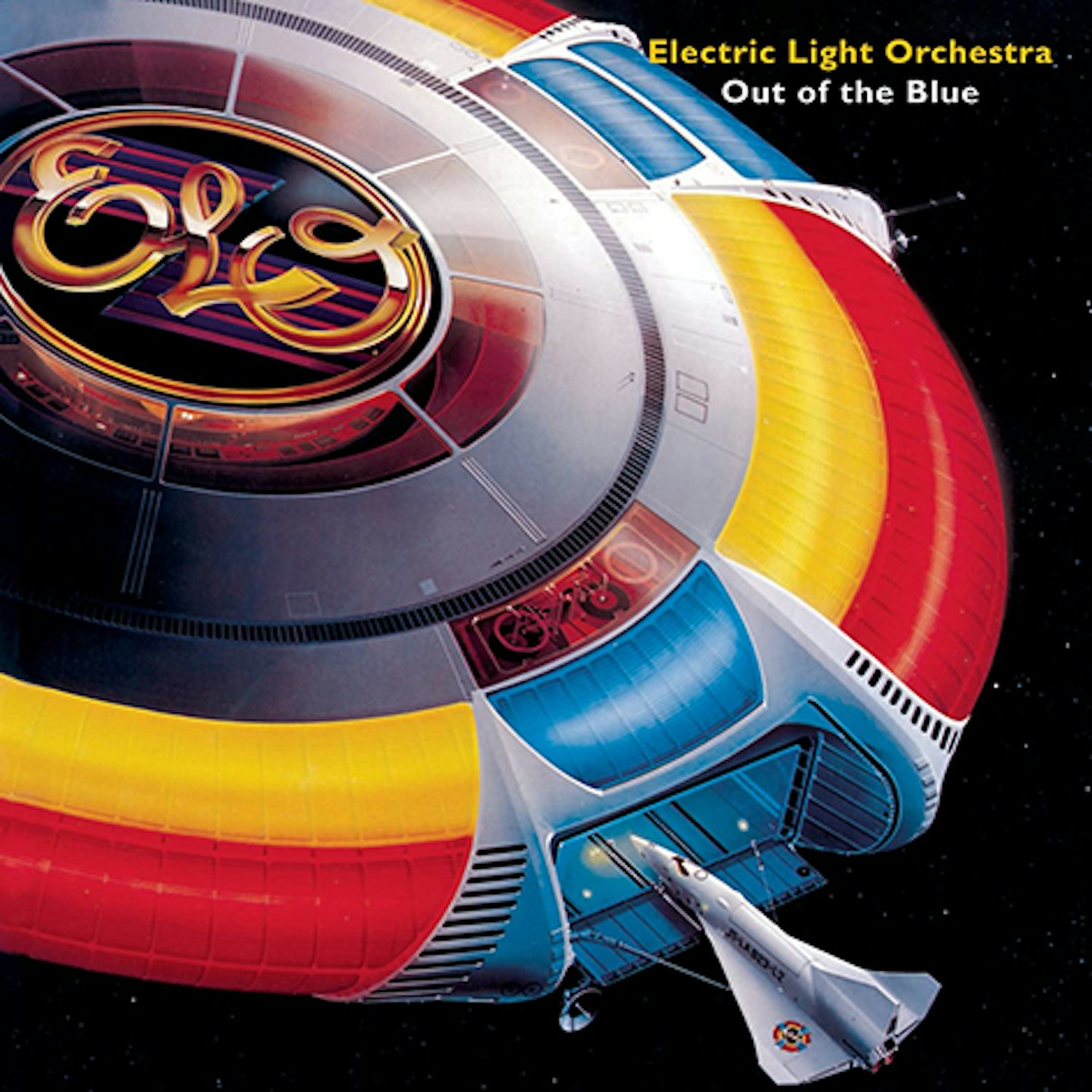
The record that towered over punk, or more accurately, ominously hovered above it like the lurid flying saucer on the cover, Out Of The Blue was for millions of listeners the real soundtrack to 1977. A 17-track double LP written in a three-week burst by Lynne in a Swiss chalet, and recorded over two months in Munich, it avoided bloat by concentrating on the pop: Sweet Talkin’ Woman, Turn To Stone and the pocket symphony Mr. Blue Sky (still a complex sonic treat on headphones). Shades of Brian Wilson coloured Big Wheels, while Elton John surely would’ve dearly loved to have written the closing Wild West Hero.
1.
A New World Record
JET. 1976

The moment when Jeff Lynne’s vision was brought into sharp focus. The swirling choir introducing Tightrope gave way to glammy rock and from here A New World Record was a master class in sonic voyaging pop (see the way his vocal in Telephone Line moves from remote and tinny to close-up and intimate). The agenda-setting Rockaria! (“We were rockin’ at the opera house until the break of light”) provided another of the four hits that aided ELO’s promotion to the commercial premier league, along with beefed-up Move song Do Ya and dreamy opus Livin’ Thing. Sails away with Shangri-La (“Fading like The Beatles on Hey Jude”) and, 46 years later, remains quite a trip.
Photo: Ed Perlstein/Redferns/Getty Images
